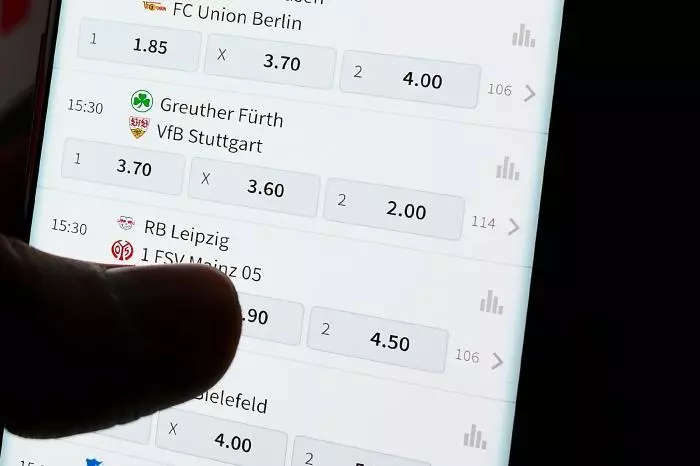
Any good punter knows that the key to successful betting is specialisation, and that can come in three forms:
The first is to stick to a good bookmaker with good odds instead of moving from one to the other. With options like Unibet, this can be easy and effortless, as you also get to enjoy amazing payment methods, tons of betting markets, and high payouts.
The second is to choose one sport in which to specialise instead of trying to master several at the same time, e.g., focusing on football.
And the third? You need to find a betting market that suits you. Once you have done this, you complete the tri-factor that can be a path to success.
Now, let’s take a look at what Asian handicap betting entails and why this might be a good choice in your strategy:
What is an Asian Handicap?
Traditional football betting has three outcomes: a home win, a draw, or an away win, but the Asian handicap market pits two teams against each other, with one being a favourite and the other an underdog.
The favourite usually gets a minus (-) symbol, while the underdog has a plus (+) symbol.
But how do bookies decide which teams are favourites and which ones are likely to lose? They focus on the following criteria, among others:
- Current form
- Past statistics
- Managerial changes
- each team’s motivation
- Injuries and/or suspensions
- Financial advantage
- Home advantage
These and other factors result in the formation of lines, which range from 0 to 2 in most cases, but can be larger.
Understanding Lines
Once bookies calculate the winning chances of the teams, they create lines that determine the payouts based on the various possible outcomes.
The figures used basically equate to handicapping each team by that number of goals at kick-off (eg Team A -1.0 means that Team A is handicapped by a one-goal deficit, while Team B +1.0 means that team is being awarded a one-goal head-start, and odds are then calibrated with those handicaps taken into account.
Let’s consider the options:
1. Asian Handicap 0
In this case, the betting works a lot like traditional 1x2, with a draw resulting in a neutral outcome, often called a Push.
So if teams A and B are playing, and you bet on either with a 0 handicap, if your team wins, you win. If it loses, you lose, and if the match ends as a draw, you get your stake back.
2. Asian Handicap +0.25 and -0.25
If Team A has a handicap of -0.25 while B has one of +0.25, and Team A wins the match then the bet wins. If Team B wins, you lose the bet. In this scenario, if the teams draw, you get half of your wager back, while the other half of your stake is lost.
Conversely, if you bet on Team B and they win, then so does your bet. If team A wins, you lose the bet.
However, if Team B draws, you get half your wager back, and the other half incurs a profit at the set odds.
3. Asian Handicap -0.5 and +0.50
If we give Team A a handicap of -0.50 and Team B one of +0.50 and you bet on Team A, then your bet wins if they win. If Team B wins, you lose, and if the teams draw, you also lose.
Betting -0.5 is basically the same as betting on a team to win in the 1X2 market.
But what if you bet on B at +0.5? If Team B wins, you win, and if team A wins, you lose. However, if a draw occurs, you win, giving your bet two potential winning outcomes (this is basically the same as backing a team in the Double Chance market).
4. Asian Handicap -0.75 and +0.75
The situation gets a bit more complex with this kind of handicap. Again, we assume teams A and B, and if you bet on Team A at -0.75, these are the options:
- If it wins by 2+ goals, you win
- If it wins by 1 goal, you win based on half your wager
- If it draws, you lose
- If team B wins, you lose
But what about Team B at +0.75? Well, you win if the game ends in a Team B win or draw. If Team B loses by one goal, you lose half your wager, but if it loses by two goals, you lose the entire wager.
Other handicaps include 1.0, 1.25, 1.50, 1.75 and 2.00, and so on. The outcomes and profits depend on the bookie and the odds offered.
However, the overall premise is clear - if you bet on the underdog and they come out on top, the earnings can potentially be huge!
